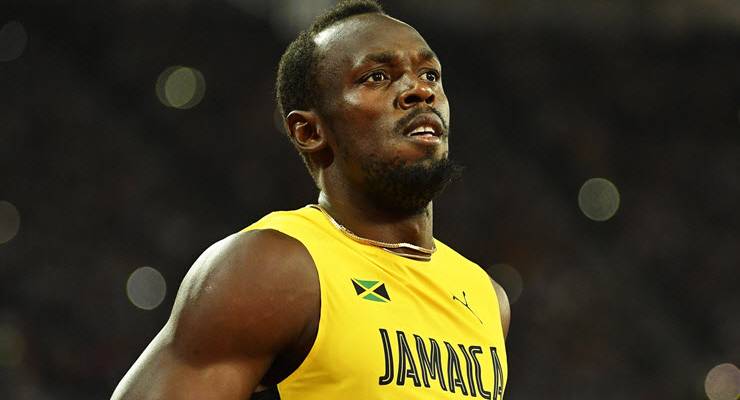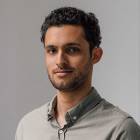
Virus hits disadvantaged areas
Economically disadvantaged parts of Melbourne have been hit harder by Victoria’s coronavirus surge, according to analysis from The Guardian. In wealthier areas, infection rates were lower and the outbreak plateaued earlier.
The report challenges the popular narrative that has framed Melbourne’s outbreak as a failure of individual responsibility.
In July, hundreds of infections were recorded at public housing tower blocks which were abruptly locked down leaving residents without food and support. Infections continued to rise because people in precarious, casual jobs continued to go to work.
The class dimensions of Melbourne’s outbreak also mirror what we’ve seen all over the world — in New York poorer neighbourhoods had higher death rates and substandard medical care. In London overcrowded poorer areas were some of the hardest hit.
Overnight, Victoria recorded 149 new cases of COVID-19 and 24 deaths.
Sydney on alert
NSW Police moved 366 returning travellers from a hotel quarantine facility last night after concerns it was not meeting standards. Guests at the Travelodge in Surry Hills had been complaining about dirty rooms and some guards not wearing masks. Many were reportedly pleased with the move — Travelodge is notoriously the least desirable of the quarantine hotels.
NSW recorded six new cases of COVID-19 overnight. After days of low numbers, there are concerns about two people who’ve tested positive and visited a gym in Sydney’s CBD multiple times last week.
Vaccine watch
A few promising developments on the vaccine front: health regulators around the world could get trial data from a leading candidate developed by the University of Oxford and AstraZeneca by the end of the year. It comes after the Morrison government signed a letter of intent with AstraZeneca last week and brings the promising vaccine one step closer.
Locally a candidate being developed by the University of Queensland is also showing more promise. Results of pre-clinical trials conducted on hamsters led to a “good level of protection”. The vaccine is also in stage one human trials and so far researchers say there have been no safety concerns.
And yesterday the federal government pledged $80 million to a global initiative to distribute a potential vaccine to poorer countries.
Bolt from the blue
He may be the fastest man alive, but not even Usain Bolt can run from the coronavirus. Last week the Jamaican sprinter held a party to celebrate his 34th birthday — without masks or social distancing. Days later the eight-time Olympic gold medallist tested positive for COVID-19. “Best birthday ever,” Bolt wrote on Instagram before the results came through.
College spike
As millions of college students returned to campuses around America, COVID-19 infections surged. The University of Alabama (recently named America’s number one “party school”) has recorded more than 500 new cases since reopening last week. The University of North Carolina had hundreds of cases when it opened. At the University of Missouri there were 159 cases after the first day of class.
Despite plans to keep students socially distanced, disciplinary measures for virus rule-breakers, and a mix of online learning, university administrators across the country have been taken aback by the surge.








When supremely fit people like Usain Bolt and the participants at Djokovic’s Adria tennis tournament in Serbia & Croatia in June it bodes ill for the rest of us.
To say nothing about the Tour de France athletes… and their local supporters